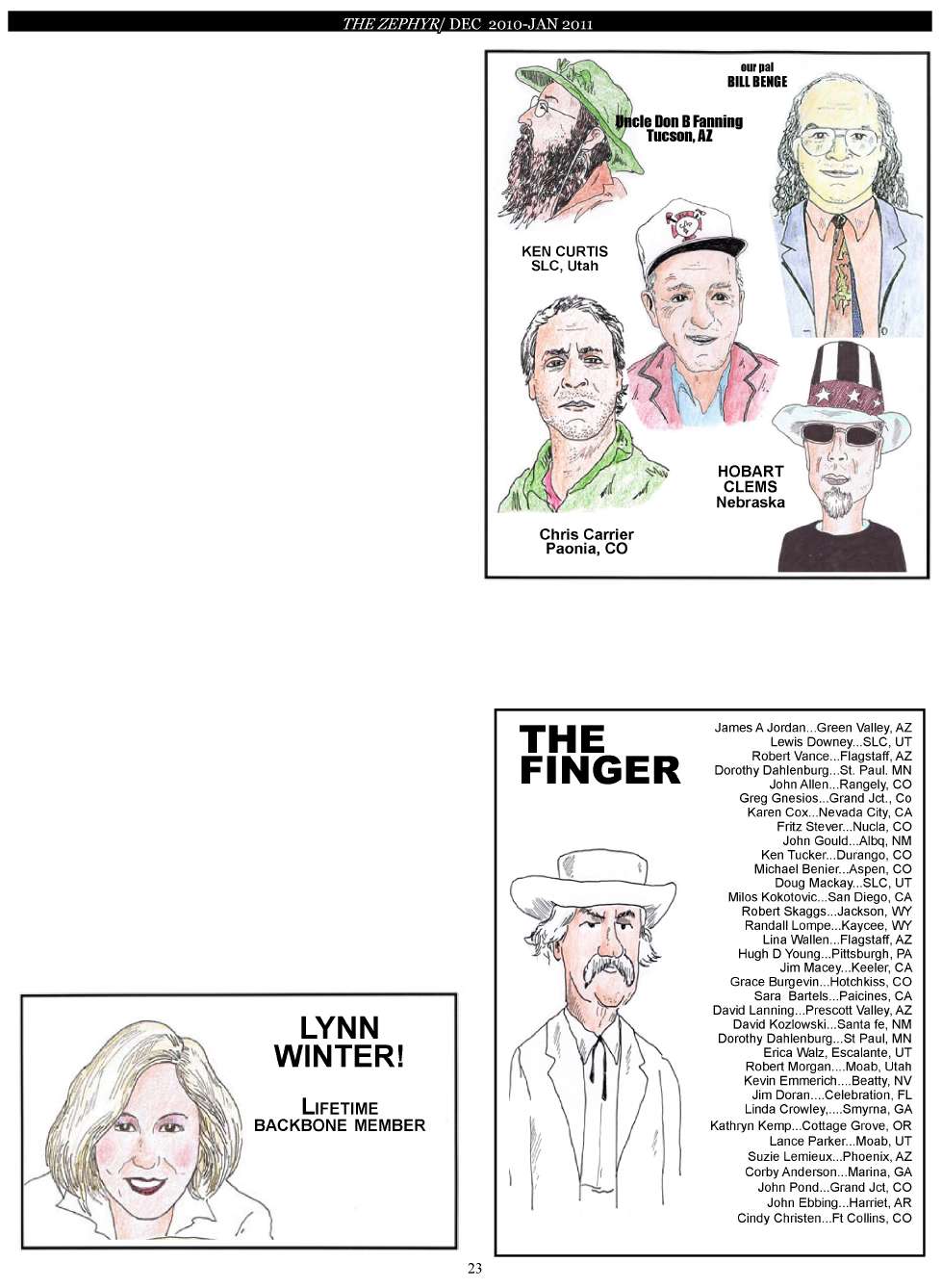<<Prev Home PDF Next>>

It
is easy to understand why the Indians would dream of their past. The
world they inhabit today, on the reservation, pales in comparison. The
poverty experienced among the Indians on the Pine Ridge Reservation is
so debilitating that most of the rest of Western Dakota resorts to
pretending it isn't there. Pine Ridge was only an hour or so drive from
my middle school, but I hardly knew it existed. I certainly never saw
it. Neither did any of the other white kids I knew. Who can blame our
parents for not taking us there? The life expectancy of a Native
American growing up on Pine Ridge is roughly the same as that of a
Ugandan, around 47 years for a male and 52 years for a female. And the
unemployment rate on the reservation is over four times the rate in the
rest of the country. This extreme poverty leads to crime, alcoholism
and a general lack of hope, which pervades not only the reservation but
also the Northern, predominately Indian, side of Rapid City.
Driving
through the nice side of Rapid City, it is always hard to believe there
are homeless people around at all. But, when I used to walk around the
downtown, it wasn't unusual to see a few men passed out drunk against
the sides of buildings. A few lingered under the big trees by the
creek, or under the bridges. If they were drunk, then they weren't
accepted into the shelter, even in the winter. And many were drunk. In
the first light of morning after the deepest chills, police gathered up
the frozen dead.
What
I notice most every time I drive back to South Dakota are the changes:
a new subdivision has replaced pasture; a new stoplight has replaced
the four-way stop; the old highway, which had two lanes, now has four.
Tourism brings more affluent people every year, who proceed to build
mansions on the hills overlooking I-90 or buy 16,000 square foot cabins
which lie empty 9 months a year. In the pursuit of money, the small
poverty-stricken towns have cleared pasture-land for subdivisions.
Ranches owned for generations are sold each year and they become
"Ranchettes." The new inhabitants don't move to South Dakota to run
cattle, or to join in the rural communities. They move for the scenery,
the rock climbing, and the skiing. And so they may not even notice
that, while the towns welcome the revenue from espresso shops and
mountain bike stores, the corn-
It's a common tale across the West—
the lament of the native-born.
The authenticity of a Western town
usually lies in its poverty.
THE BACKBONE...#7
munities are disintegrating.
It's
a common tale across the West—the lament of the native-born. The
authenticity of a Western town usually lies in its poverty. Communities
are banded together by shared fears—that cattle prices will fall, feed
prices will rise, groceries will be more expensive or jobs will
disappear. When an opportunity for growth and wealth arises, who could
turn it down? The scenery of the Black Hills has fed the souls of
Indians and pioneers for hundreds of years. But, until recently, the
land was only valued for its worth to agriculture and industry—and that
value was minimal. Paradoxically, now that the land is being valued for
its organic worth and beauty, it is at the most terrible risk for
destruction. Like the other "beautiful" places in California, Utah,
Colorado, that incredible beauty is becoming the commodity of
developers, bartered for ever-rising prices.
REMEMBER...ALL WEB SITE LINKS ARE HOT...JUST CLICK & GO...
So
here's my prediction: like every other "boom" the area has known, the
New West boom will bring a lot of money to very few people—most of whom
arrived in the area with plenty of money already. The people I grew up
with, waitresses and construction workers and ranchers, will all stay
poor. Most likely, they'll get even poorer. The reservation and the
Indian neighborhoods will continue their steady decline. In time, the
only economy will be tourism. New Westerners will hang windcatchers in
their windows and decorate their living rooms with cowboy
paraphernalia. And all the lives which built the myths of the Hills—the
lives of Indians, Miners, Ranchers— will fade into the past.
TONYA MORTON can be reached at: tonya.a.morton@gmail.com
<<Prev Home PDF Next>>